Your Health
7 TIPS FOR DRY EYE RELIEF
Eye experts explain how to stop the pain and reclaim your tears
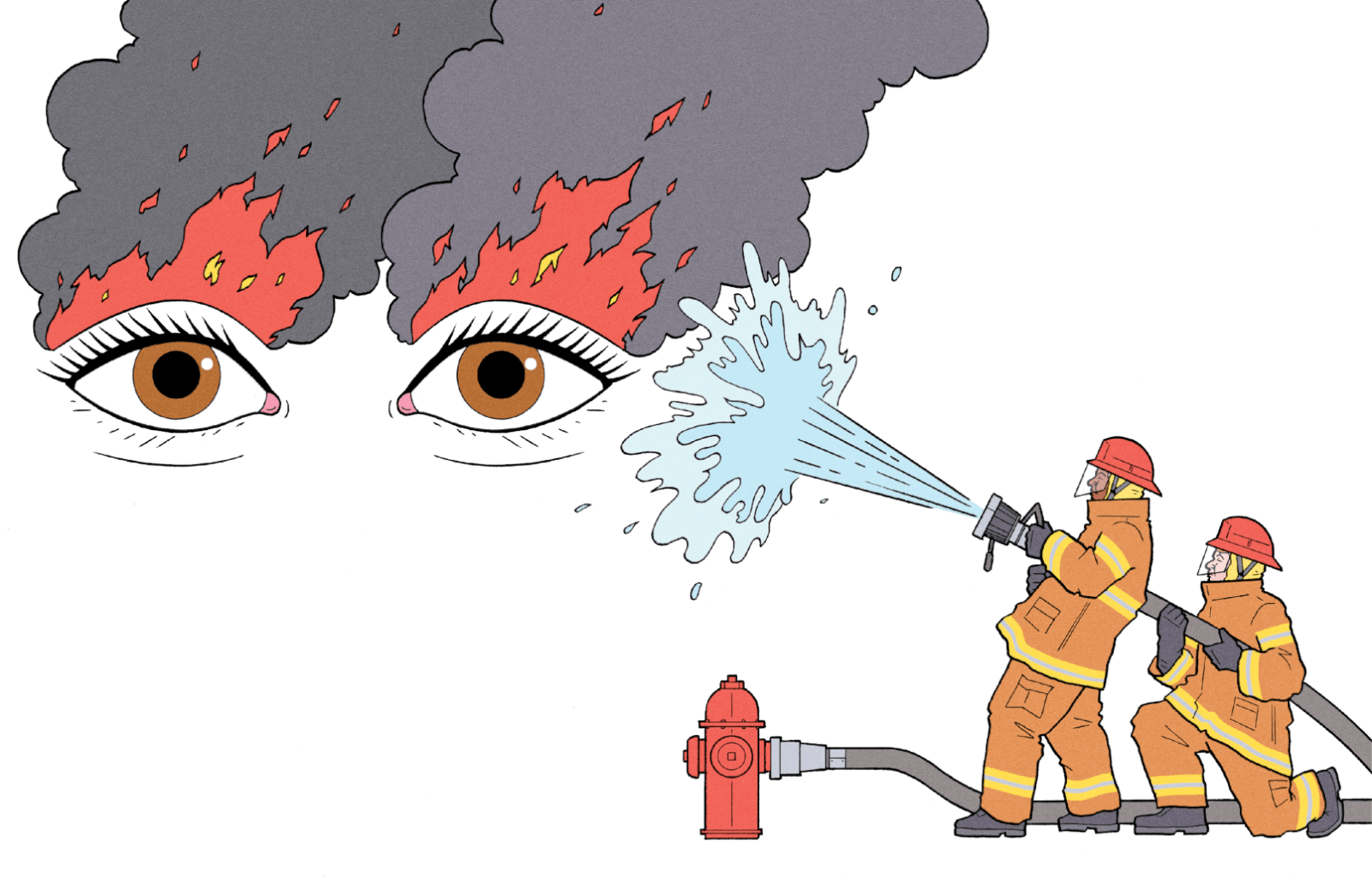
We wouldn’t blame you if the recent bacterial outbreak linked to several brands of over-the-counter eye drops has stopped you from using them. The news last winter was scary: Dozens of people were infected by the drug-resistant bacteria, including at least four patients who died and others who were blinded. Though the tainted products were recalled, they left behind uncertainty and hesitation.
But eye experts would urge you to reconsider. “I definitely still recommend eye drops every day and take them myself for dry eye,” says Christopher Starr, M.D., a spokesperson for the American Academy of Ophthalmology and an associate professor of ophthalmology at Weill Cornell Medicine.
The fact is, eye drops are one of the most effective remedies for dry eye. For a mild case, over-the-counter eye drops may be all you need, although your eye doctor can offer more treatment options. Here’s your step-by-step guide to getting relief.
TAKE DRY EYES SERIOUSLY
When your eyes are working correctly, they will constantly produce tears that keep the surface of the eye moist and comfortable. When you have dry eye, you either don’t produce enough tears or your tears evaporate too quickly because your oil glands are clogged. Left untreated, dry eye can lead to an infection, damage to your cornea or vision loss. An eye doctor can diagnose what’s causing your symptoms.
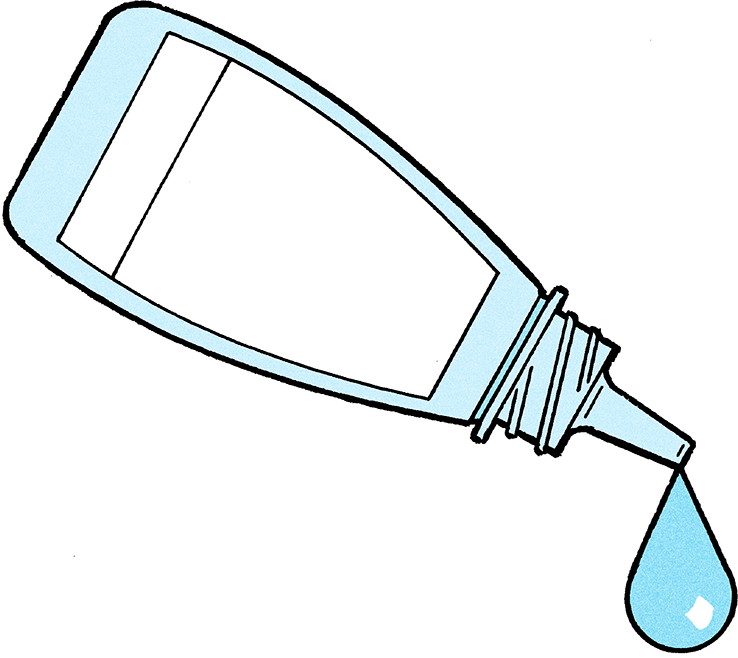

1. Try eye drops and ointments.
Look for eye drops that say “lubrication” or “artificial tears,” not “redness relief.” Ointments and gels provide longer relief, but use only at night since they can blur vision.
If you need drops more than four times a day, switch to preservative-free ones that come in single-use vials, or see your doctor for prescription drops.
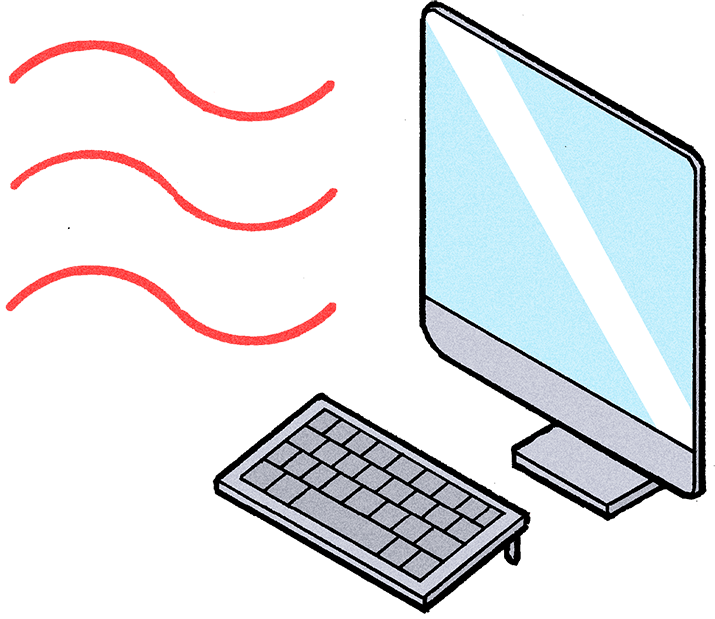

2. Take a tech break.
When you use a computer or tablet, position the screen below eye level, take frequent breaks and try to remember to blink. Research shows you blink about 66 percent less than normal when you’re staring at a screen. Many doctors recommend stepping away every 20 minutes.
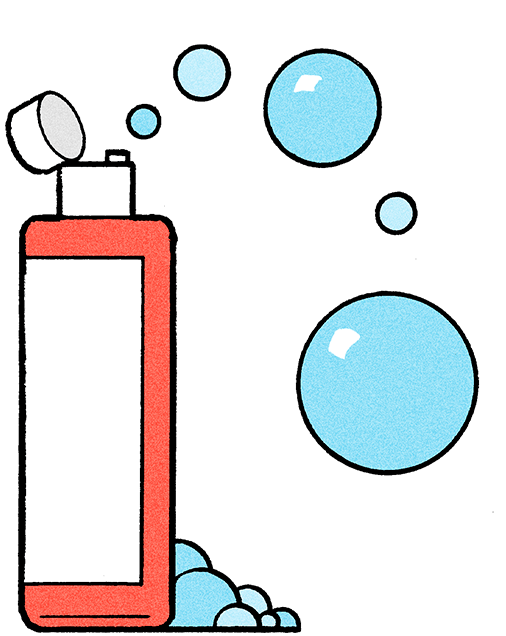

3. Unblock your oil glands.
Ducts along the edges of your eyelids generate oils to keep your tears from evaporating too fast. To help keep them flowing, wash your eyelids gently with baby shampoo or an eyelid cleanser, then lay a warm, moist washcloth on your eyes for a few minutes and lightly massage your eyelids. For stubborn cases, a doctor can perform an in-office procedure that uses heat or pulsed light to unblock glands.
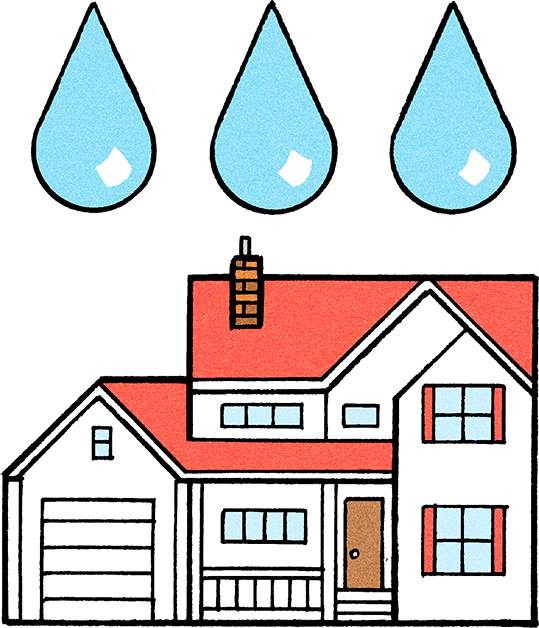

4. Adapt your home environment.
A humidifier adds moisture to dry indoor air. Put one near your favorite chair and one near your bed when you sleep (keep the door shut), says Uyen Tran, M.D., a division chief at the Vanderbilt Eye Institute.


5. Move away from blowing air.
Air blowing into your eyes irritates your eyeballs and can cause tears to evaporate more quickly. A ceiling fan can dry out your eyes even while you sleep, Starr says. Point car vents away from your face, and move furniture you use often away from home HVAC vents. Throw on some wraparound sunglasses if you go outside on a windy day.
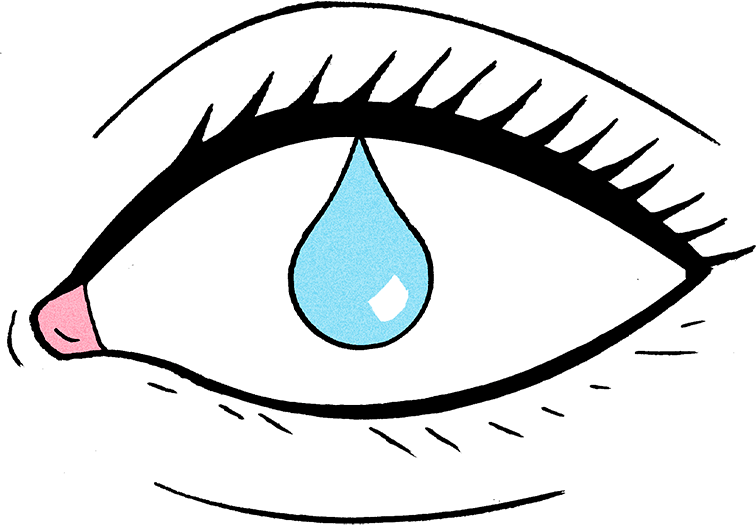

6. Try a different type of contact lens.
In most cases, contact lenses make dry eye worse. But ask your doctor about scleral lenses, which can help keep dry eyes hydrated, Tran says. “They have a water reservoir, so when you wear them, they constantly bathe your eyes in fluid.”
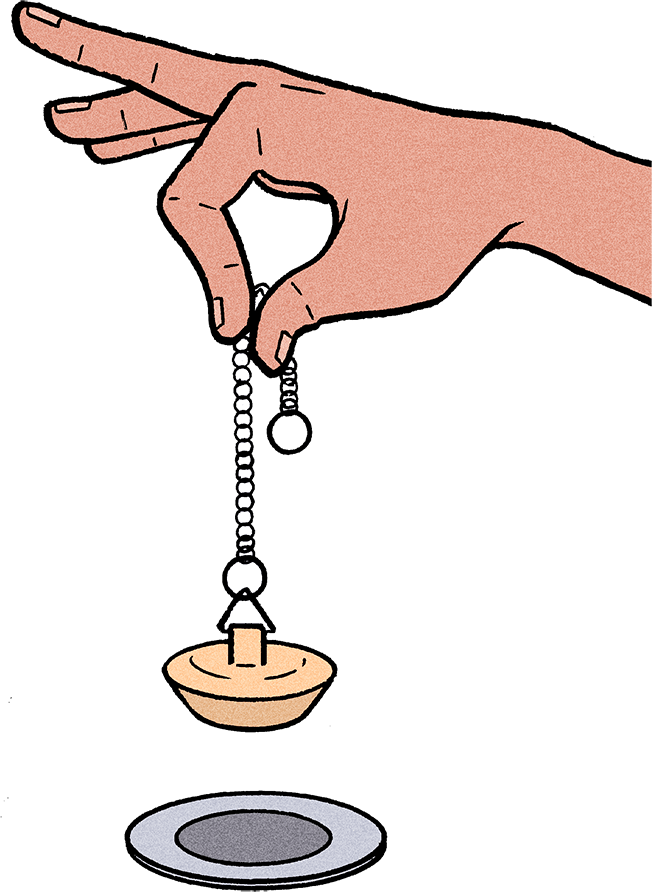

7. Get your ducts plugged.
A doctor can place “punctal plugs” into the tiny openings in the corner of your eye that normally drain your tears, a painless office procedure. “It’s like putting the stopper in the kitchen sink, so the tears you make don’t roll down the drain,” Tran says.
COMMON DRY EYE CAUSES
• Medications, such as antidepressants, blood pressure drugs and sleep aids
• Laser, or refractive, eye surgery
• Age-related hormonal changes, including menopause
• Autoimmune conditions
• Contact lenses
• Clogged ducts
• Smoking or exposure to secondhand smoke
EYE DROP RECALL
The Food and Drug Administration recalled several brands of eye drops this year due to bacterial outbreaks and other contaminants. Find updates at fda.gov/drugs/drug-safety-and-availability/drug-recalls.
Michelle Crouch is a contributing writer for AARP who specializes in health care.